‘The Third Instance’ is a site-specific installation produced for Sommerfest 2021 at Akademie Schloss Solitude, an international and transdisciplinary artists’ residence in Stuttgart.
The shutter, a common architectural element, is rethought in an attempt to blur and extend the perimeter of the building in relation to its current cultural identity. Taking over the hinges and replacing the existing shutters in front of Herman‘s Library, a space used commonly by the residents, the project proposes an exploration into liminal, porous, border spaces and their potential for collective or individual use.
Placed on the threshold and moving in-between two fixed positions, the act of opening or closing the shutter creates a moment of suspension when the object rotates above ( public ) ground. The project creates an opportunity to prolong and extend this intermediary instant by transforming an ordinary façade element into a situation with multiple uses, a performative object that adapts to the everyday rituals of its surroundings.
Using the same footprint as the pre-existing shutter, the object becomes a dual piece of furniture, a diptych that can support different spatial configurations and creates the possibility to sustain cultural encounters (workshops, internal presentations, video projections ) but also everyday activities like cooking, playing or partying.
The installation has both a spatial and a temporal dimension showing how an 8 centimeters thickness can become a performative space by unfolding the object and using its particular range of motion. The mobile parts that become elements of support for various activities use the same folding system in order to allow for ease of use.
The object is made out of plywood and has an exterior metallic surface that protects it from the weather or from various mechanical actions. It produces a framework for multiple instances of use, being equipped with double hinges that allow for a 270 degree opening.
This ambiguous element inserted in the life of the historical monument addresses both its preserved image over time and the building’s present identity as a cultural institution. This allows for a space of possibility and exploration addressing architecture’s relationship with representation.
The project opens the discussion about threshold objects and their in-between condition as found in different contexts.
The project is a reflection on how the informality of everyday life can be a resource for spatial transformation and institutional or governmental response. It shows alternative models of inhabiting a space based on human use and interaction that consolidate transitional experiences and porous edges.
It is also a possibility to explore the potential of historical heritage to accommodate present uses, needs and identities. Being placed on the threshold of a cultural institution, it offers a possibility for testing how an institutional programme can be transformed or extended through acknowledgment of the everyday activities of residents, staff or visitors in a space of friction between the informal and the programmed.
‘The Third Instance’ is a moment to explore the basic elements of architecture, in this case the window shutter, thinking about how its in-between position can become a space of possibility and social interaction.
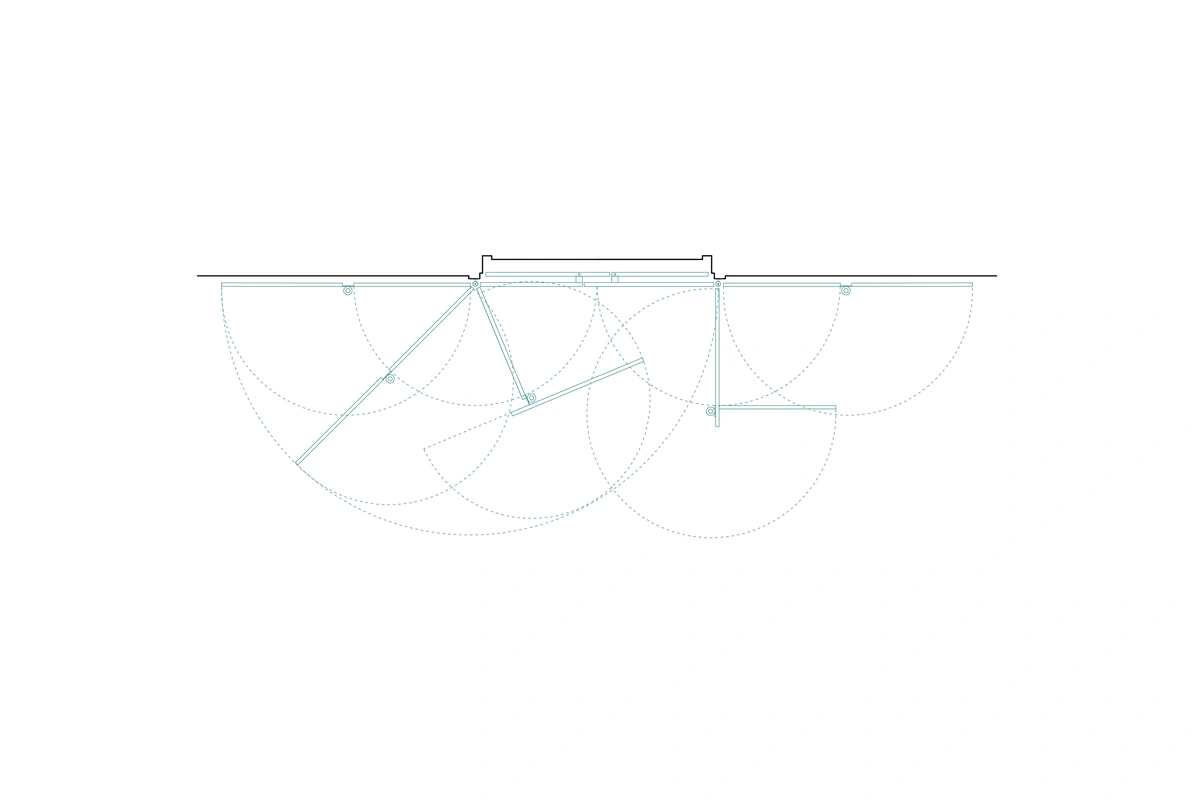
Unfolding and extending the space
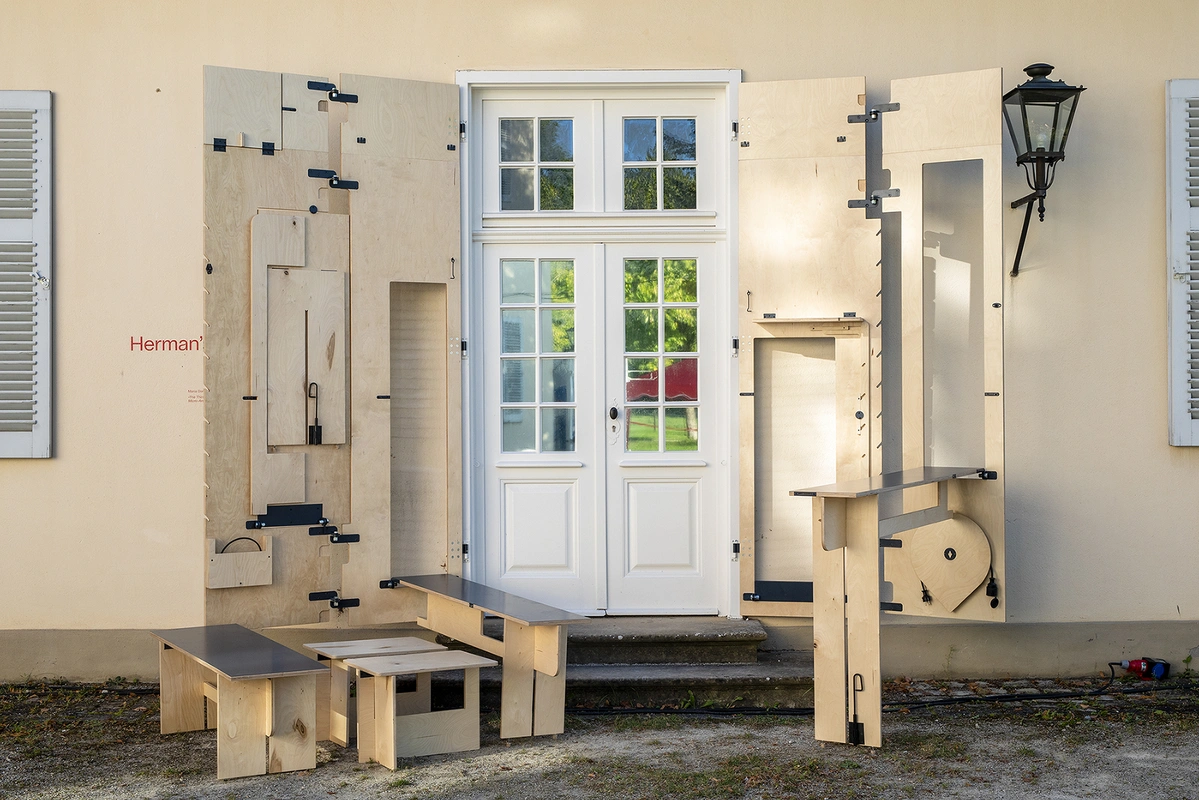
Open diptych
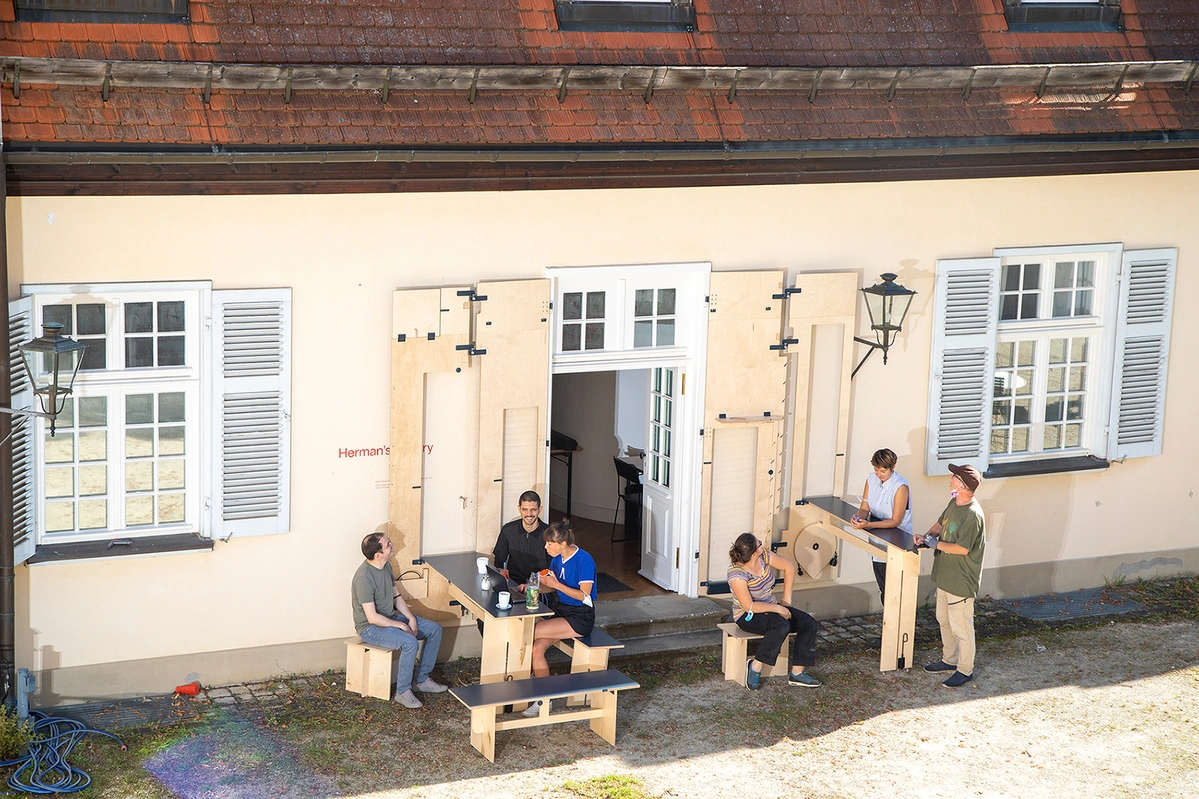
Possibilities of everyday use
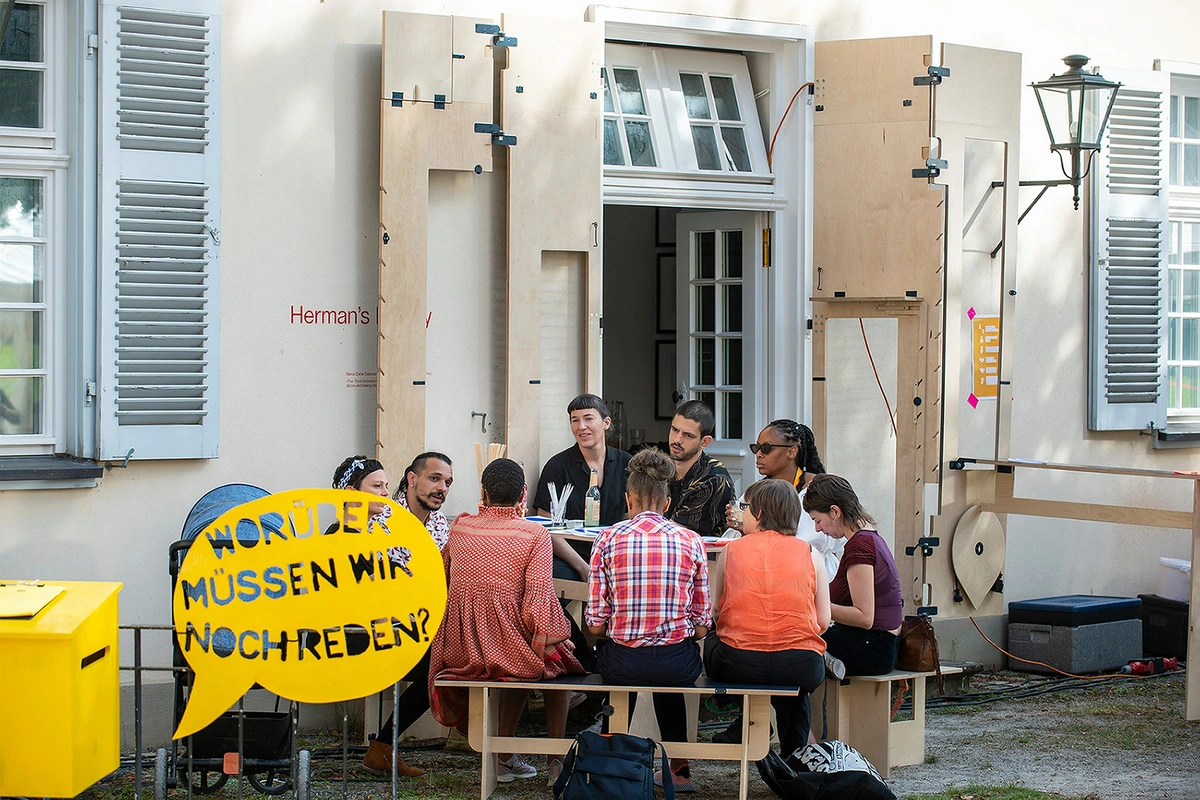
In use during a workshop at Sommerfest
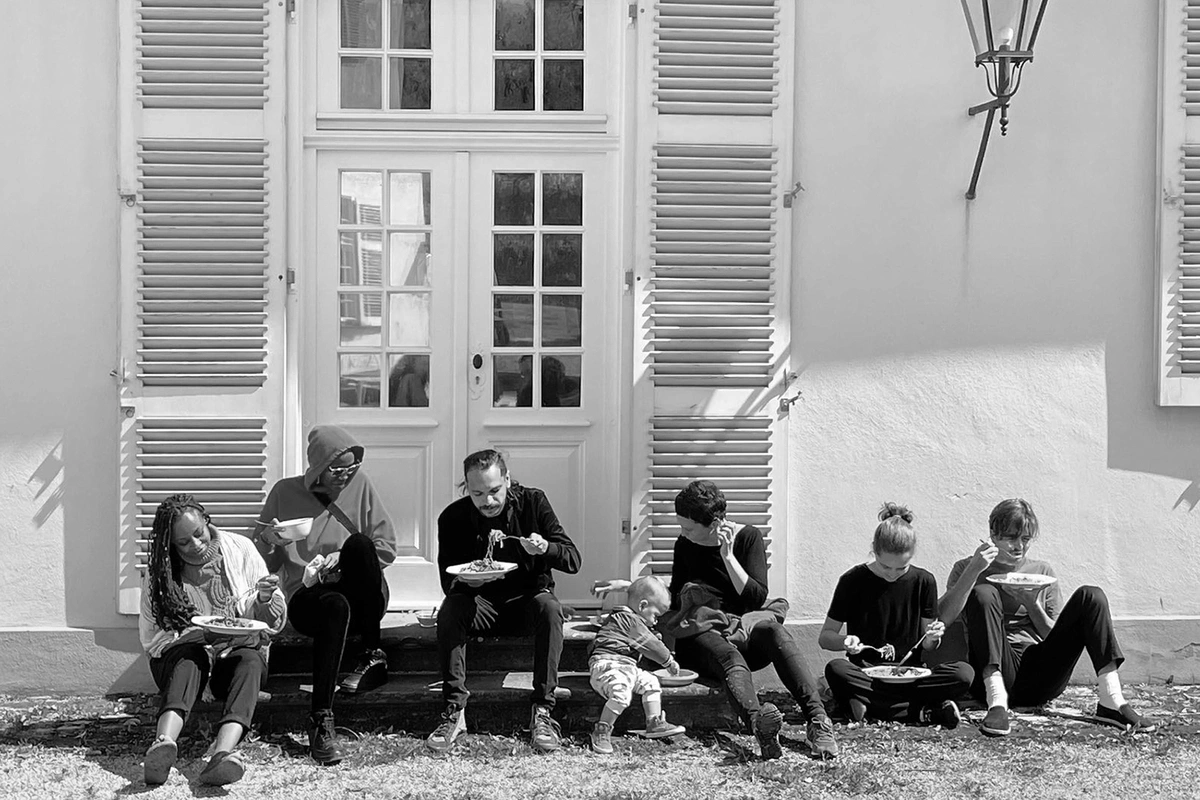
Site before the intervention
George Marinescu and Maria Daria Oancea have been working together since 2015, developing an architecture practice focused on mutations regarding public space, living conditions, property and land use, as manifested in the everyday life of the city.
Founded as a dual practice consisting of a design studio and an NGO, Atelier Ad Hoc engages with situations associated with social and spatial vulnerability, dealing with informal or planned aspects of architecture.
The works of the studio have received a number of awards the most recent being the “Research through Architecture”Award at the Bucharest Architecture Annual for the project “The third instance” in 2021, the “Initiatives/Experiments/Visions Award” at the BETA Timișoara Architecture Biennial for the project “substandardPLUS” in 2020.
George Marinescu and Maria Daria Oancea have also been fellows at Akademie Schloss Solitude Stuttgart in 2020 and are part of the ECO Solidarity Session New York in 2021-2022.
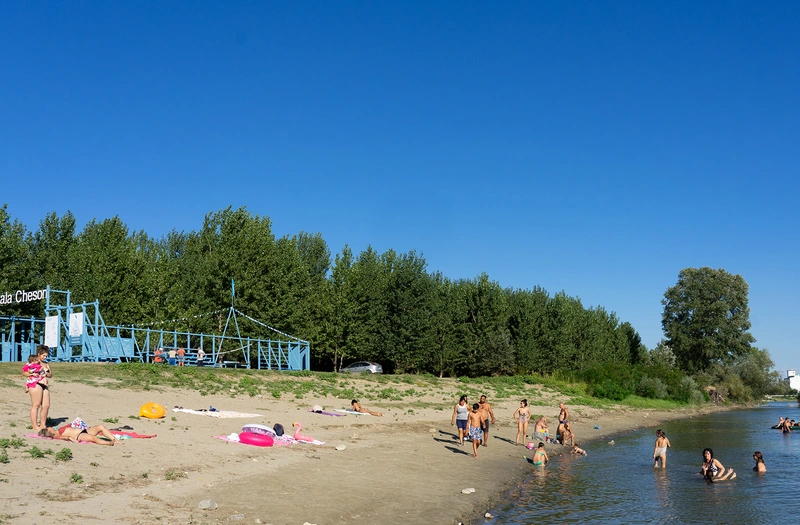
Public Installation for Cheson Beach
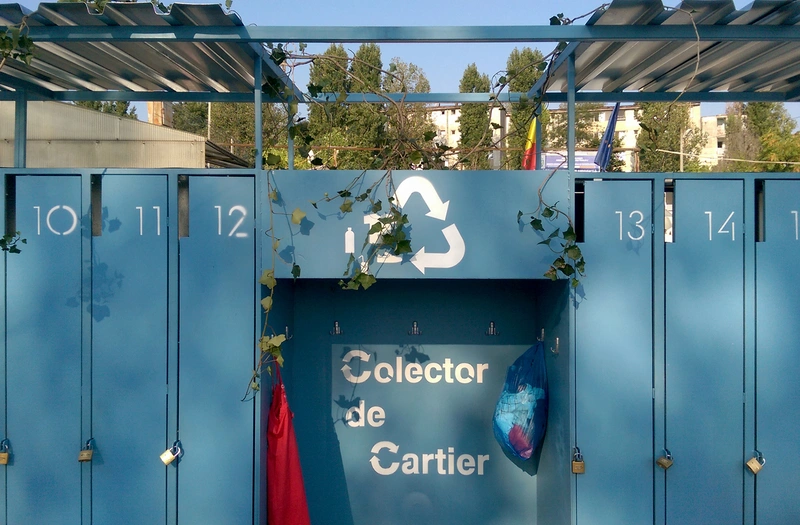
substandardPLUS
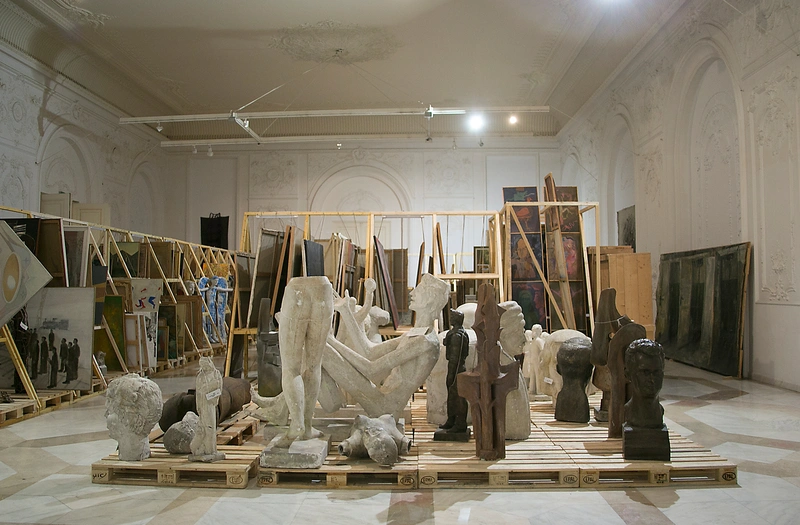
Marshalling Yard Exhibition Design, at National Museum of Contemporary Art, Bucharest
